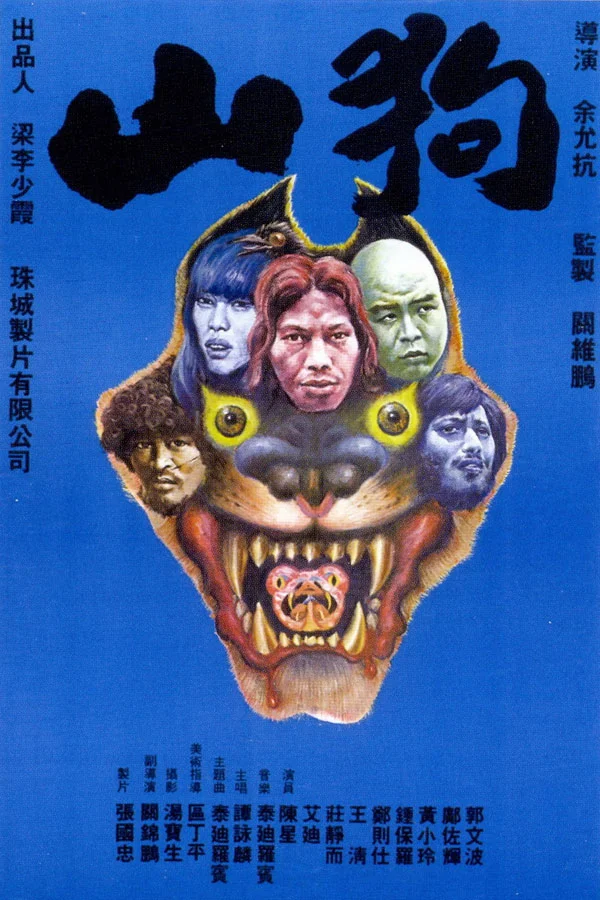HKC is all about ramping up the aesthetics, they don't have large amounts of investments or subsides so to stand out they take the visuals, sound effects, stunts and story lines to the max. A great example of this is the movie posters that accompany the film. Another cult hit on their own, full of intertextuality but still with their own flavour. The amazing bodily movements that are so evident in the film some how make shine through in the posters. You really get that kinetic, electric feeling from them, the moving body parts mixed with the vibrant colours that often contrast the other dominating colours on the page make it feel like the whole composition if jumping out and rushing towards you.
Even the more modern films below have continued the trend set by the films of the 1970’s, 80’s and 1990’s. Maybe not quite as energetic, but this could be because they are dramas or action films as oppose to martial arts films. However the semiotic value to the high saturated titles often in english and cantonese imbue the posters with so much energy. A sense of unpredictability is also evident, and this is something that I have come to find about HKC, especially in more modern films, even in films that are heavily borrowed from Hollywood. You will still struggle to predict the ending or even know whether the film is about to end or not. I’m putting that side of it down to the eastern influence, my research so far has taught me that a lot of HKC, as well as being influenced by hollywood, is also influenced by old martial arts novels and Chinese Opera which can have this swings in story lines but more than that they don’t follow the normal western narrative structure at all. This makes HKC films, and movie posters quite different to things we are used to seeing in the West, but still with enough of a flavour of Hollywood to give you the required information so you can roll with the punches of the film rather than being turned off by it.










